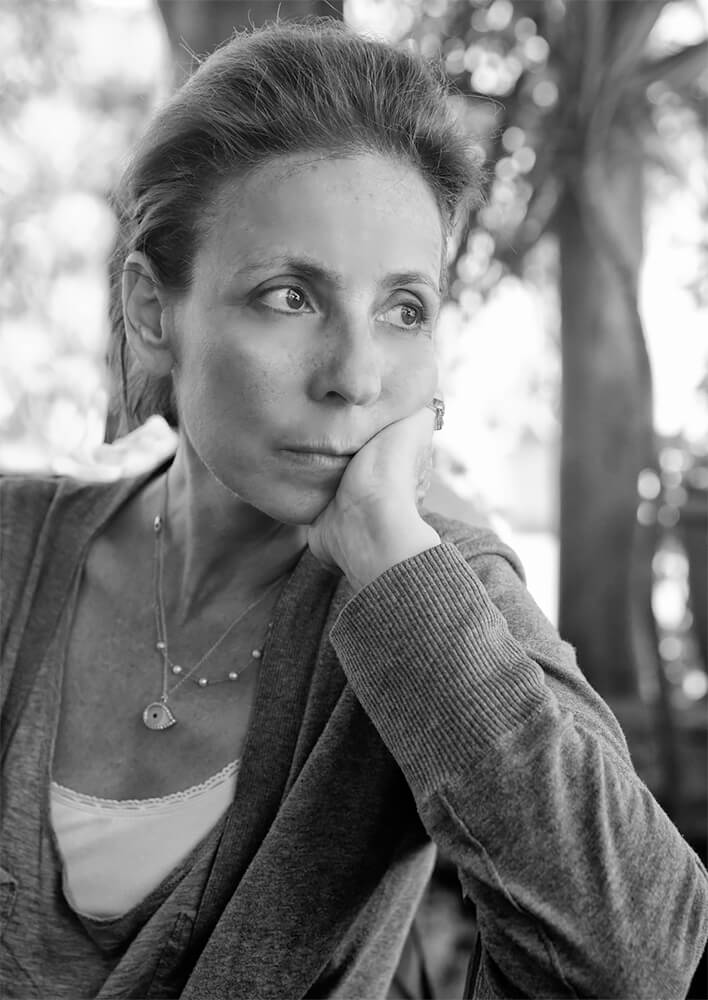Margarita Mavromichalis comes from a family of Greek diplomats and has spent her life living and traveling all over the world. She speaks five languages and studied translation and interpreting. She likes to think that photography is her second language, as it's a universal language, one that is understood by all across the world and conveys messages in the most powerful way.
Margarita moved to New York in 2009. She continued her studies for three years at the
International Center of Photography where she also served as a Teaching Assistant for several classes. She moved back to Greece from 2013 to 2016 where she devoted most of her work covering the refugee crisis as it developed on the island of Lesvos. She currently lives and works in London.
Margarita is mostly attracted to street photography and the elements that evoke emotions and surprise in our everyday life. Furthermore she is passionate about documenting current events that she feels very strongly about, highlighting their social impact. Her work has been displayed in exhibitions in New York, Boston, San Diego,
The Museum of the City of New York, the
Brooklyn Historical Society and most recently in Budapest, Athens, Paris, Berlin, Barcelona and London. Selected images are part of the permanent collections of the Museum of the City of New York and the Brooklyn Historical Society. She is the winner of the 9th
Pollux Awards (2016) and the winner of the 12th edition of the
Julia Margaret Cameron Awards (2018) and has been nominated for the 2019
Prix Pictet Hope Award and was recently awarded the 15th edition of the Julia Margaret Cameron Award (2020). In 2021, she won a Gold Medal at the
Budapest International Foto Awards, a Silver Medal at the
Prix de la Photographie Paris and is an official selection and top 5 at the
Tokyo International Foto Awards.
